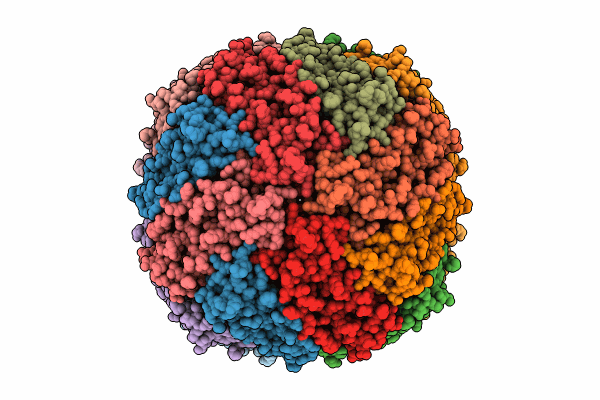
Deposition Date
2024-09-27
Release Date
2024-11-27
Last Version Date
2024-12-25
Entry Detail
PDB ID:
9JQC
Keywords:
Title:
Cryo-EM structure of ferritin variant R63BrThA/E67BrThA with Cu(II)
Biological Source:
Source Organism:
Homo sapiens (Taxon ID: 9606)
Host Organism:
Method Details:
Experimental Method:
Resolution:
1.73 Å
Aggregation State:
PARTICLE
Reconstruction Method:
SINGLE PARTICLE


